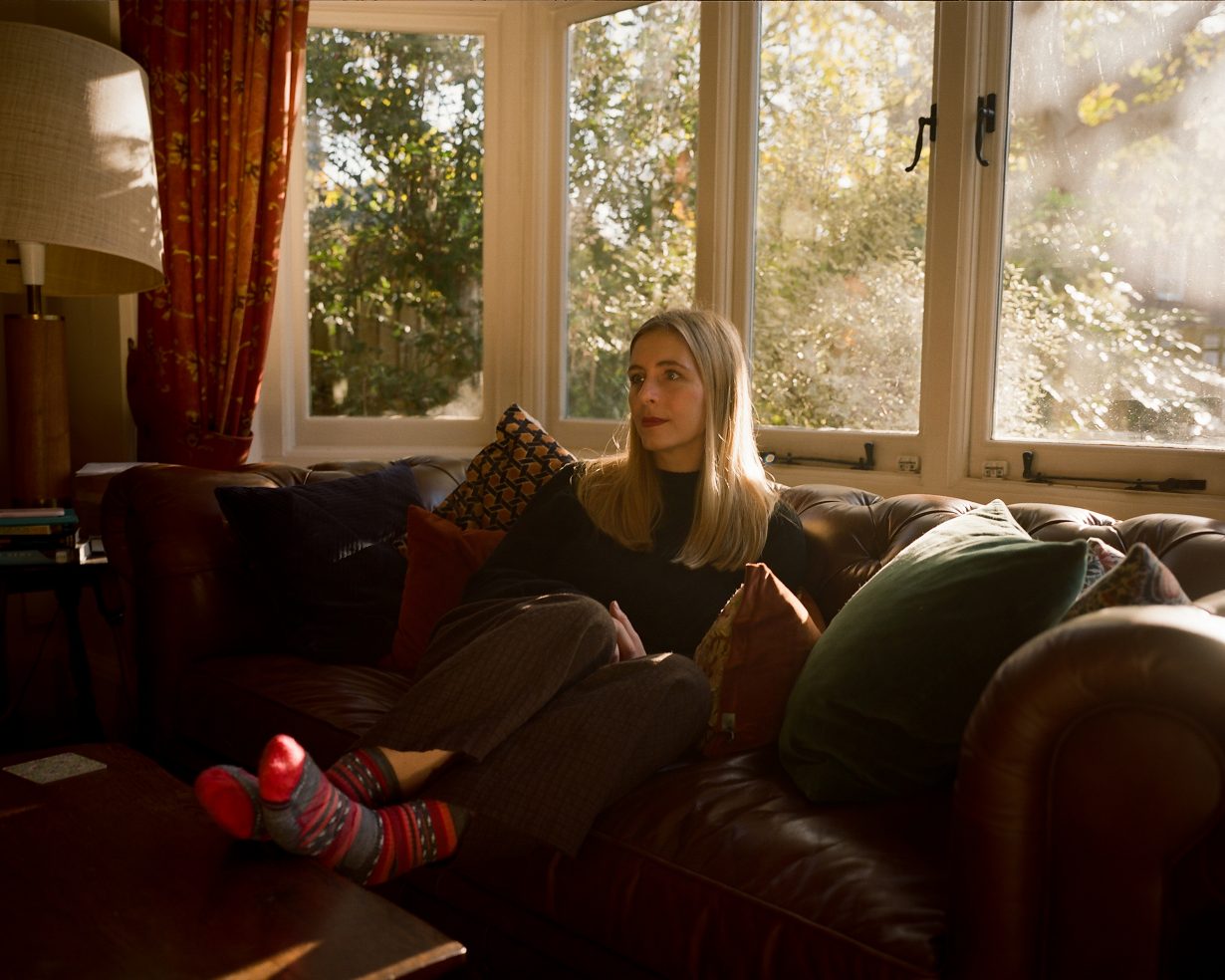Lists have always grasped for importance, but it’s still hard to escape the sense that Granta’s once-mighty ‘Best of Young British Novelists’ leaves a rapidly shrinking cultural footprint
Last weekend, I mentioned to a friend that I was writing a piece about Granta’s Best of Young British Novelists. The magazine’s ten-yearly issue contains just what it says on the tin – or does it? As editor Sigrid Rausing’s introductory note takes apologetic pains to emphasise, the selection is based merely on the idiosyncratic judgments of the panel, and might just as well have included any number of also-rans, some of whom she mentions by name. What’s more, if they aren’t necessarily the ‘best’, nor are they necessarily ‘novelists’. Pleasingly, Adam Mars-Jones had not yet published a novel when he appeared on the first list in 1983, nor when he appeared again in the second one ten years later, at a sprightly 39 years of age.
Still, that totemic first issue – including Martin Amis, Julian Barnes, Kazuo Ishiguro, Ian McEwan, Salman Rushdie and Pat Barker – afforded an aura of prestige to later instalments, which have kept picking winners even as the novel’s wider cultural clout has probably ebbed. The issue’s decennial schedule also gives it a sense of dignified elevation above the annual churn of prizes and best-books lists.

That’s the theory, at least. But when I mentioned that my piece was due to come out the week after the announcement, my friend’s response was telling: “Won’t everyone have stopped talking about it by then?” Fortunately for me, that hasn’t quite been the case. Conversations rumble on about the composition of the list, with some complaints more justified than others – it is very white, the first not to include any writers of South Asian heritage, and fails to provide much of an answer to the question most forcefully posed by the literary critic Barry Pierce: ‘Where have all the young male novelists gone?’ Despite, or perhaps because of those issues, it’s still hard to escape the sense that this once-mighty contest leaves a rapidly shrinking cultural footprint.
But what if we were to trace the history of Granta’s BOYBN issue further back than 1983? As a PhD researcher in early modern literature, I’m predisposed to see the BOYBNs as part of a much longer history of literary collections, competitions and coteries. Taking this long view, it is clear that selecting the ‘best’ writers is almost never about merit alone.
For most of the sixteenth and seventeenth centuries, Oxford and Cambridge published anthologies of neo-Latin poetry with titles like ‘Several Choice Pieces of Poetry, composed by the best Wits that were in both the Universities’. Little matter that not much of it was very good (in exquisitely faint praise, the editor of one recent modern edition euphemistically murmurs that ‘the question of quality is an obvious consideration’.) But that wasn’t the point. Full of in-jokes and subtle digs, the anthologies functioned as a who’s-who of literary up-and-comers. Some were talented, some were just well-connected, and some were well-liked because they were good value down at the tavern. Look at this year’s Granta list, too, and you’ll see that three are published by none other than Granta’s own press. New Zealander Eleanor Catton benefitted from a new bend in the rules to include writers who have ‘made Britain their home’, as well as UK passport-holders. Catton also happens to have a new novel out with Granta last month. I loved her book Birnam Wood, but the conflict between Granta’s judgments of literary greatness and its financial interests is visible from space.


Contrived though it may be, ‘the list’ is meant to give the sense of a coherent cohort, whose membership delineates the boundaries of an in-group (many of whom are, in fact, socially connected in one way or another). Indeed, some of the work in the Granta issue is obviously pitched at an audience with a similarly shared milieu; Natasha Brown’s short story in the issue is almost a roman à clef, with nodding references to a just-about-fictional cast of journalists and humanities lecturers. As much as they were a cohort, though, those university wits were also contestants in a never-ending tournament. In his research on ‘composition as competition’ in the early modern literary scene, Nathan Szymanski has shown how writers in Renaissance England were inspired by Virgil’s rota, the career trajectory which was meant to end with composing a grand epic, but which began with competitions of eclogues, short pastoral poems. As Szymanski observes, many of the Elizabethan terms of literary fellowship – copemate, emulator, competitor – ‘might connote positive, reciprocal relationships while simultaneously suggesting opposition, antagonism, and envy’. Any comparison to the feelings of 2023’s critics and authors about this year’s Granta list would, of course, be very ungracious indeed. Still, jilted not-on-the-listers can take some bitter comfort from one element of the history of competitive literary anthologies: four hundred years later, no-one reads that Neo-Latin verse.
